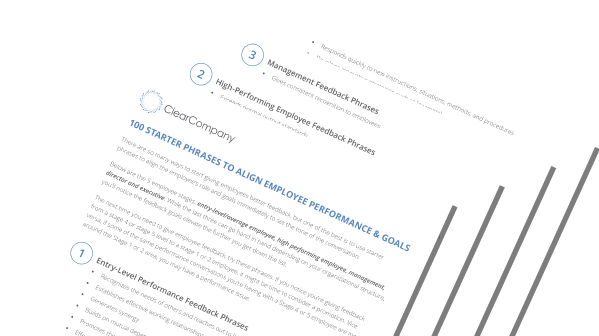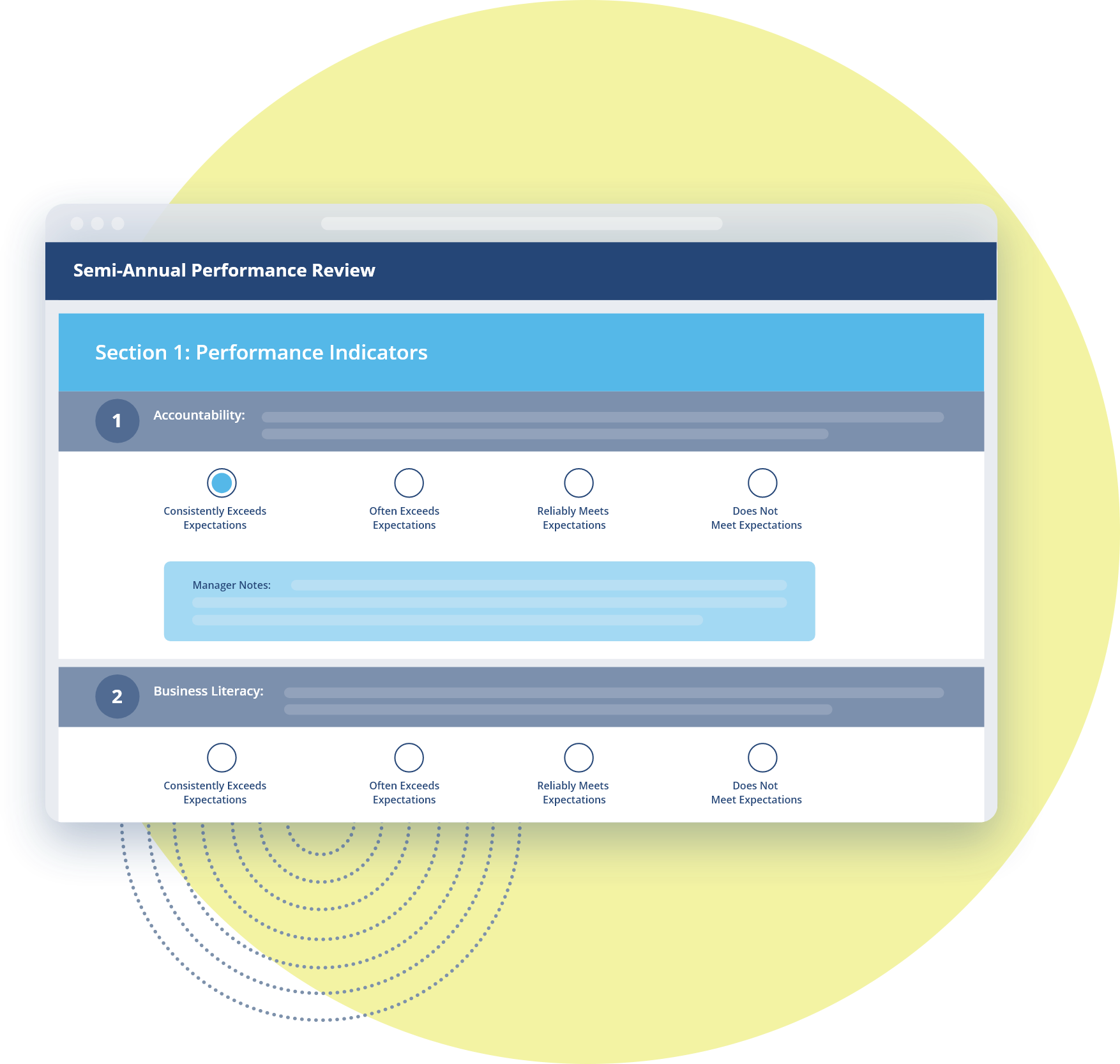How to conduct an effective performance review
HR professionals need to understand how to conduct an effective performance review. This skill also prepares you to train managers and leaders to give reviews.
During an effective performance review, employees are informed of and evaluated on their past performance. Managers recognize outstanding performance or discuss inadequate performance. Employees and managers collaborate on areas for growth, how to improve performance, and plans for the future.
Addressing these four points are pillars of an effective performance review:
-
Illustrating to employees how their goals fit into the company’s bottom-line goals
-
Connecting constructive performance feedback, as well as praise and recognition, to employees in a personal way
-
Creating a feedback loop that is both fair and meaningful for employees
-
Aligning performance management with business priorities and company values










